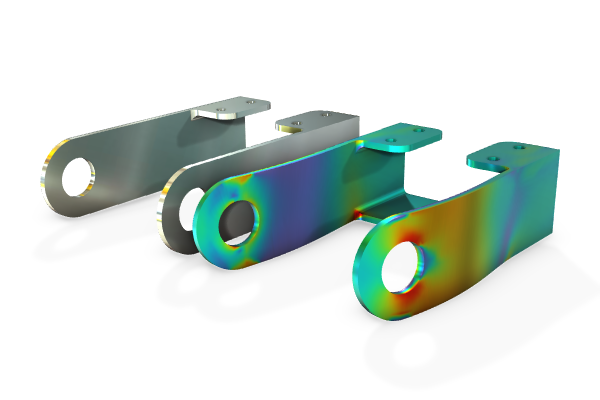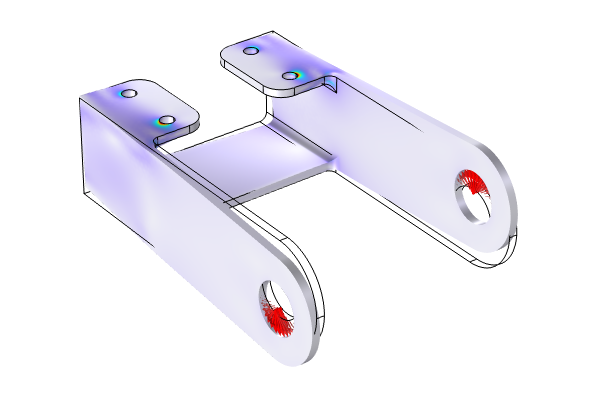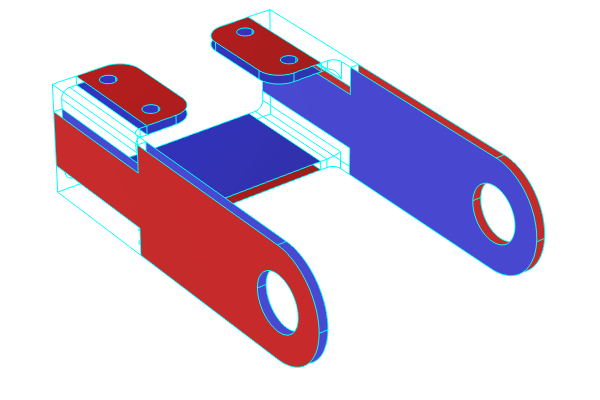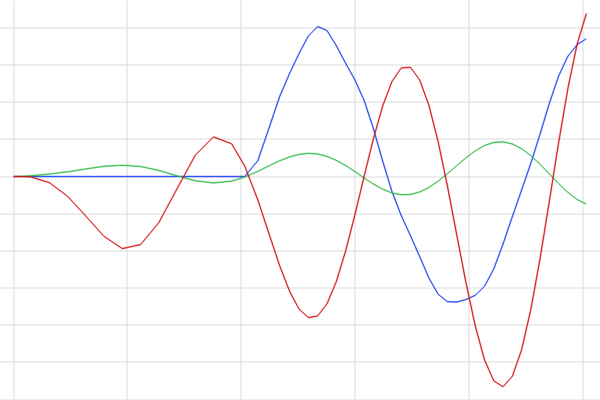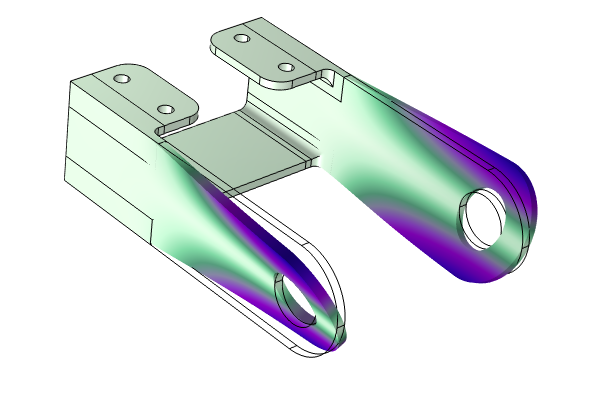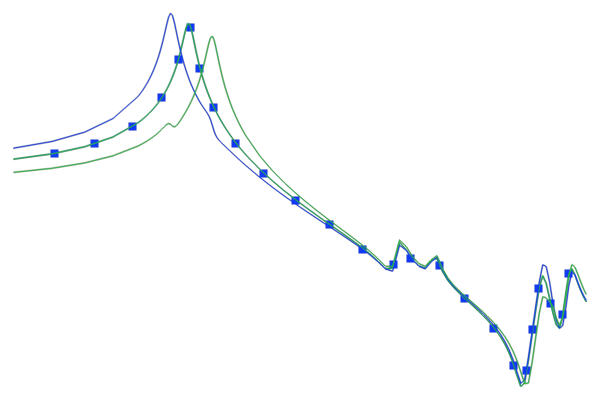Basics of Time-Dependent Analysis in Structural Mechanics
In Part 3 of this course, we focus on performing a time-dependent analysis for structural dynamics models. We begin with an overview of this type of analysis before completing a detailed demonstration of building a model of a transient, structural application.
Discussion: Time-Dependent Analysis
Time-dependent analysis includes inertial forces, viscous forces, and time-varying loads. Here, we discuss various foundational questions that are important to address when performing a time-dependent study and how the answers feed into what class of dynamics your structural model falls under. We then provide further background into each of these classes of structural models and the respective settings used in the software to account for each. A brief overview of the general solvers used for time-dependent studies is also provided. Lastly, the impact of including damping in your analysis, depending on the application, is discussed.
Demo: Modeling a Transient, Structural Application
In this demo, we perform a transient analysis of the bracket model. You can follow along in the software with the model file provided.
To apply a time-dependent load to the bracket, we define a Step function and Rectangle function, which we then use in the physics settings for the model. Additionally, when defining the physics for the model, a Damping feature is added to the Linear Elastic Material node to include damping effects, after which we use a Rigid Connector feature to apply the load in our model. We also discuss the various settings for the Time-dependent study node in detail as well as the advantages of setting up probes to track the values of quantities while solving.
Further Learning
For time-dependent studies, it can be important to include damping. For more information on sources of damping, the theory, and the different types of damping, see the following blog posts:
- "Damping in Structural Dynamics: Theory and Sources"
- "How to Model Different Types of Damping in COMSOL Multiphysics®"
Submit feedback about this page or contact support here.

